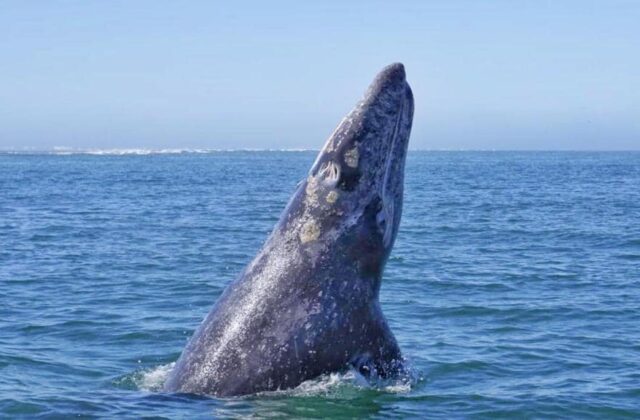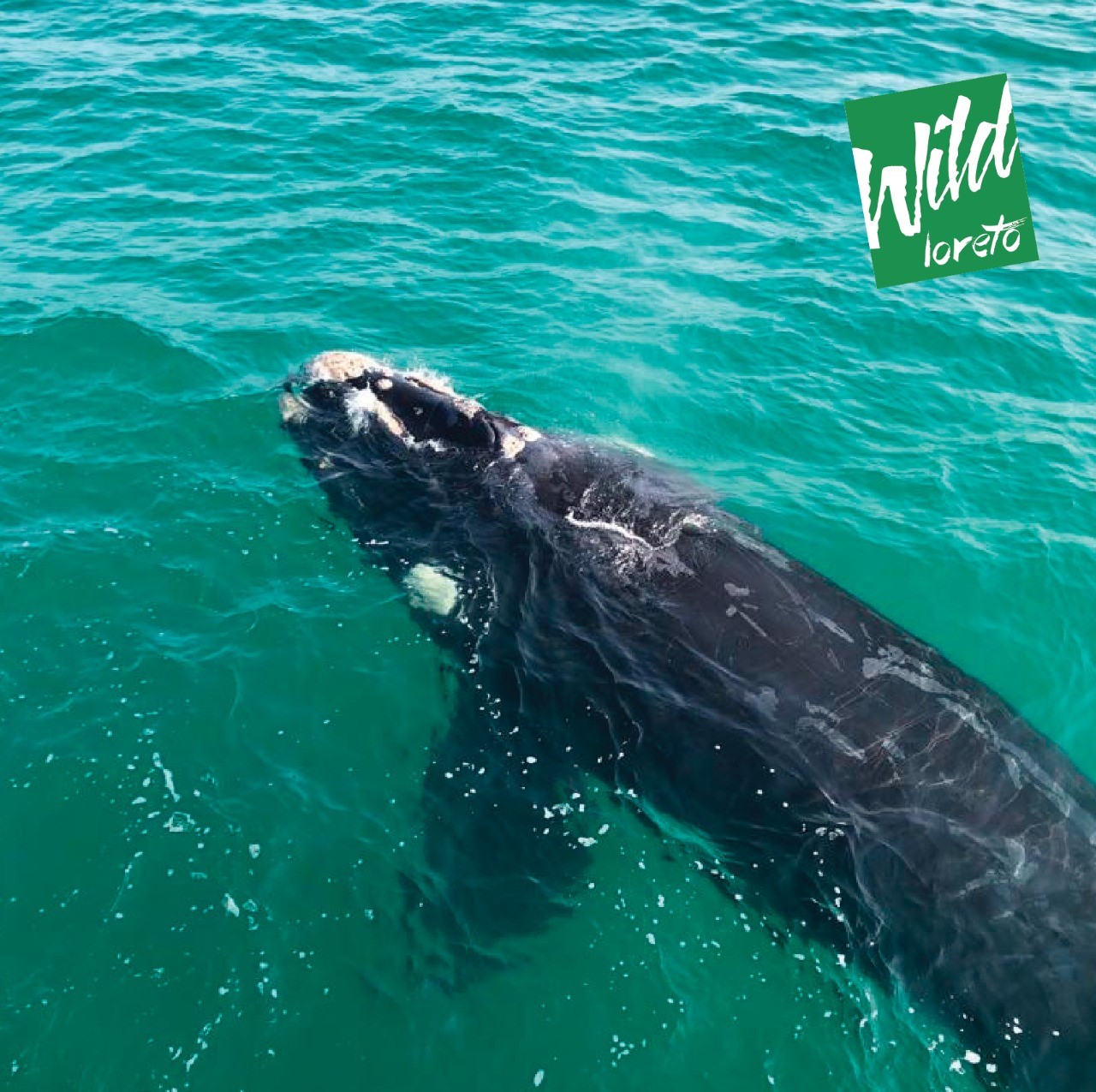Experience the Wonders of Whale Watching in Baja California Sur

LORETO, Baja California Sur, Mexico (November 6, 2023) – Every winter in Baja California Sur, curious travelers visit to observe gray and blue whales from the northern Pacific Ocean as they journey to the nutrient-rich waters off the peninsula to socialize, mate, and play. Whether in the lagoons and bays along the Pacific Coast or deep into the Gulf of California, whale watching in Baja California Sur stands as a must-experience adventure.
Baja California Sur is filled with all kinds of whale species, but the two most compelling by far are the gray and blue whales that migrate from the Bering Sea starting in January. During their winter migration cycle, thousands of these whales travel more than 6,000 miles to engage in mating, socialization, and give birth in the shallow, nutrient-rich bays and lagoons of Baja California Sur. During this epic odyssey, they present a unique opportunity for both locals and tourists to witness the creatures in their winter sanctuary. Although the routes, behaviors, and personalities of the species differ, blue and gray whales both provide travelers with surreal encounters with some of the planet’s most enigmatic creatures.

Whale watching in Baja California Sur is subject to rigorous regulations, with a strong emphasis on the safety and preservation of these majestic mammals and their ecosystems. For example – to give blue whales space, boats in the Bay of Loreto National Marine Park must stay at least 100 meters away from them at all times. Similarly, gray whale watching is only possible in calving lagoons with a licensed tour operator, with guidelines that carefully regulate variables like behavior during sightings, the number of boats within a given protected area and the distance boats need to keep from the whales.
As every living blue whale – all 11,000 of them – navigate their way from the depths of the Pacific during this annual migration, the waters of the Gulf of California remain the only place on Earth where these colossal creatures can be observed in warm weather. The small Pueblo Magico (Magic Town) of Loreto is renowned not only for its charm and historic importance as the first Jesuit mission established in Baja in 1697, but also as an ideal place to observe blue whales. Thanks to the Gulf of California’s robust biodiversity and the calm, shallow waters of the Bay of Loreto – which is part of the gulf – the region serves as the perfect locale for whales to mate and feed during labor to aid in giving birth. Starting in February, blue whales seeking mates journey south along the western side of the peninsula, up through the gulf, and can be seen exploring the tranquil waters of the Bay of Loreto. Local companies in Loreto such as Tours Loreto and Wild Loreto Tours offer non-invasive tours that allow visitors to spy on these shy giants, which grow to lengths exceeding 100 feet and weigh as much as 200 tons.

Beginning in January and just a two-hour drive north of Loreto, in Mulegé, gray whales can be observed during their annual migration to the lagoons of San Ignacio and Ojo de Liebre. These lagoons are part of Mexico’s El Vizcaíno Biosphere Reserve – the largest wildlife sanctuary in Latin America since 1988. These shallow lagoons have historically functioned as the breeding grounds for gray whales, offering an ideal opportunity for visitors to partake in small boat excursions and spy on the curious creatures. Gray whales are known for their playful behavior, often poking their heads out of the water and engaging with human observers, earning a reputation as some of the most sociable and easygoing whales in the ocean.
For avid whale enthusiasts, the nearby small municipality of Comondú also presents whale watching opportunities in the ports of San Carlos and Adolfo López Mateos. Here, humpback, gray, and finback whales can all be spotted, ensuring a diverse and captivating experience for those with an insatiable appetite for more marine life observation.
As an area renowned for its diverse wildlife, including seabirds and other marine mammals such as dolphins, sea lions, and sea turtles, Baja California Sur is also perfect for ocean activities like diving, kayaking, and snorkeling – making it a haven for adventure enthusiasts. Those interested can further explore the region on land through activities like mountain biking, hiking, or simply strolling through the town and savoring the offerings of family-owned shops and restaurants.
 Travel Dreams Magazine
Travel Dreams Magazine